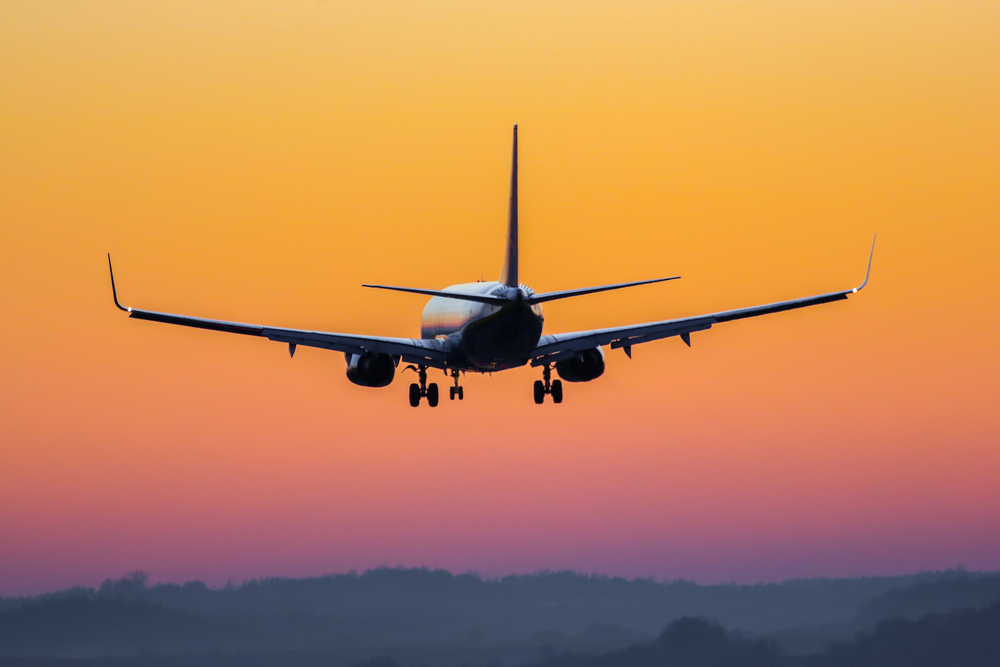Sometimes aerospace sensors don’t do exactly what they should. Such is the case with some of Boeing’s angle of attack vanes, the sensors thought to be responsible for two 2019 crashes involving the 787 Max. Boeing could add new sensors to give the angle of attack vanes more redundancy, but they believe they have a workaround that is equally effective but less costly.
An angle of attack vane is essentially a wind vane that measures airflow and compares it against a fixed reference point. It is used in aerospace design to measure the amount of lift an aircraft is achieving at any given point during a flight. A lack of lift can be deadly.
Boeing’s Angle of Attack Problem
Boeing had trouble with the sensors on their 787 Max due to faulty readings that were warning of a nonexistent stall condition. Pilots, trying to correct for the false stall condition, can inadvertently put the aircraft into an uncontrollable dive. That is how the two 2019 crashes occurred.
Once the problem was discovered, the FAA implemented a new rule requiring all commercial airlines to address potential problems with angle of attack vanes. The system Boeing now proposes for the 787 Max has been tested and approved for other Boeing aircraft. Airbus has also used it on one of their planes.
Adopting the system allows Boeing to avoid having to develop more expensive sensors. The system relies on technology taken from drones and spacecraft. While simple in principle, it is somewhat complicated to implement. Still, Boeing thinks it is cheaper than developing new sensors to increase angle of attack redundancy.
A Ton of Signal Processing
The system Boeing wants to use is known as the synthetic air data system. It relies on existing sensors to collect data that is then fed into a computer system and analyzed by algorithms. Those algorithms return data similar to what additional sensors mounted on the aircraft would return. In essence, Boeing’s system is a software simulation of additional hardware sensors.
Boeing says the system would reap benefits over and above providing redundancy for angle of attack vanes. They say it would increase overall aircraft safety, especially in relation to problems caused by confusing signals in the cockpit.
What Boeing proposes is fundamentally a matter of signal processing. Rather than bringing more sensors into the equation, they want to take data they can already collect, run it through some advanced signal processing systems, and return more accurate data which ultimately makes planes safer.
Better Data to Prevent Crashes
The goal of the synthetic air data system is to provide better data to prevent crashes. According to California’s Rock West Solutions, signal processing goals are similar. Signal processing systems are continually improved for the purposes of generating better data. Perhaps better data could have prevented the two crashes that grounded the 787 Max.
Those two crashes were the direct result of poor data generated by faulty angle of attack vanes. Unfortunately, other on-board systems were not able to counteract that faulty data, leading pilots to believe they were at risk of stalling the aircraft. Perhaps they would have made better decisions had they been given better data.
Boeing now waits to see if they will get full approval to implement the system for the 787 Max. If they do, the plane could be back in the skies by the end of the year. If not, it might be back to the drawing board for Boeing engineers. They may be left with no other choice but to invest in new sensors to provide the necessary redundancy.

 2018 ·
2018 ·
Leave a Reply